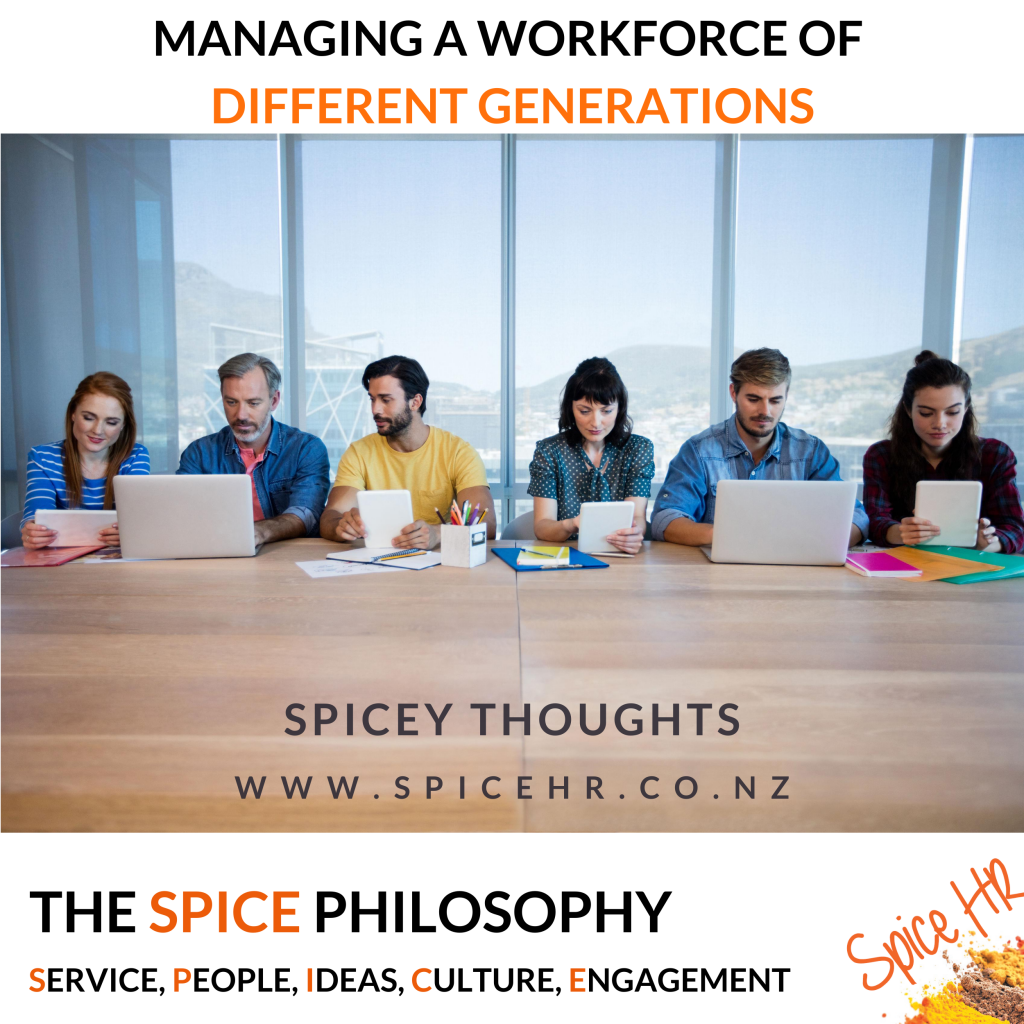
The last few years have been pretty brutal for everyone. Many people and businesses have experienced a lot of loss due to the pandemic, and the long-term stress continues to take a toll.
But have you noticed that some people seem to be able to bounce back more easily than others?
While some individuals may be struggling to cope, others are able to learn from what’s happened, grow from it, and persevere.
What does it take to do this? How do they manage so well? What do they have in their personal and professional lives that enables them to get right back up and carry on?
The answer is resilience. This quality helps people adapt when faced with adversity, conflict, and trauma.
Resilient employees are an enormous asset to any organisation, so building resilience in the workplace should be a top priority for leaders.
But what is resilience in the workplace and why is it really important? And how can leaders encourage resilience among their workers? Let’s answer those questions now.
How To Build Resilience In The Workplace
What Is Resilience
Resilience is an individual’s ability to respond to the stresses and demands of life. The dictionary definition talks about concepts such as flexibility, durability, strength, and speed of recovery.
Basically, resilience is the capacity to respond to adversity and challenge throughout all aspects of life.
So, where does resilience come from? Is it in our DNA, or can it be nurtured and grown?
Interestingly, it’s likely to be a little bit of both.
Although some people seem to inherently be more resilient, it is possible to cultivate and nurture this quality to help people not only cope, but even thrive through challenging times.
Resilience is cultivated through healthy habits and a positive mindset. There are many small yet effective ways to build your own – and help boost those around you.
The Benefits Of A Resilient Workforce
Resilience is the foundation for many desirable workplace qualities. It improves general wellbeing, helps people be more flexible and adaptable to fast-paced environments or changing circumstances, and aids in effective communication.
Research has shown that resilience can help businesses stay competitive and profitable even during times of uncertainty.
Resilient workers contribute enormously to a positive workplace culture. They are more likely to be engaged, productive and innovative, even in high-pressure situations, and less likely to succumb to burnout.
Building Resilience In The Workplace – Where To Start
Leaders have a unique struggle on their hands. They need to somehow find a balance between striving for financial performance while addressing the mental wellbeing of their team.
One of the best ways to do this is by encouraging resilience in your workers. Here are some of the most effective methods for building resilience in the workplace.
Become a resilient leader
Your own resiliency impacts the way you lead, which trickles down to affect those who work with you. Use these tips to develop personal resilience:
- Take steps to manage your own mental and physical wellbeing
- Work on reframing threats as challenges
- Pay attention to your thoughts and behaviours and work on cultivating a growth mindset
- Create (and lean on) a social support network
- Build mindfulness and self-awareness
Support the wellbeing of your workers
Emotional wellbeing is the foundation of resilience. We all cope better when we are well-rested, healthy, and have a manageable work-life balance. Consider implementing measures that support workplace wellbeing, such as flexible work arrangements.
Foster positive work relationships
Social interaction and support are essential in building resilience. Ensure you provide your employees with the chance to bond and socialise, even if you have remote workers. This can be through organised activities within the workplace, events held outside of working hours, or simply encouraging your team to connect with each other on a social level.
Don’t neglect performance and development
Self-reflection helps cultivate resilience. Don’t let challenging times derail your performance reviews. Your people still need feedback on how they are doing and the opportunity to reflect on their challenges and successes. Make sure you provide this in a formal review setting, but also on a regular, more casual basis.
Focus on the future
As part of your performance reviews, you should be helping your employees effectively set realistic, achievable, relevant goals. The right goals can motivate people and help them focus their energy on what’s ahead of them, instead of dwelling on what’s behind them. It also helps them to look beyond the current adversity to a time that may be calmer.
Provide resources
Even the most resilient people can struggle with tough times. Our resilience changes from day to day, and sometimes we may need support to manage. Ensure your workers have access to resources to help them cope, such as employee assistance programs, stress management coaching programs, or similar initiatives.
When you are the one who is expected to lead, sometimes it can be difficult to always demonstrate resilience. So, it can be helpful to call in the experts to assist.
If you want to build resilience in your workplace (and yourself), then reach out to us here at Spice HR. We help businesses tackle the tough times so they can be ready to capitalise on the good.
